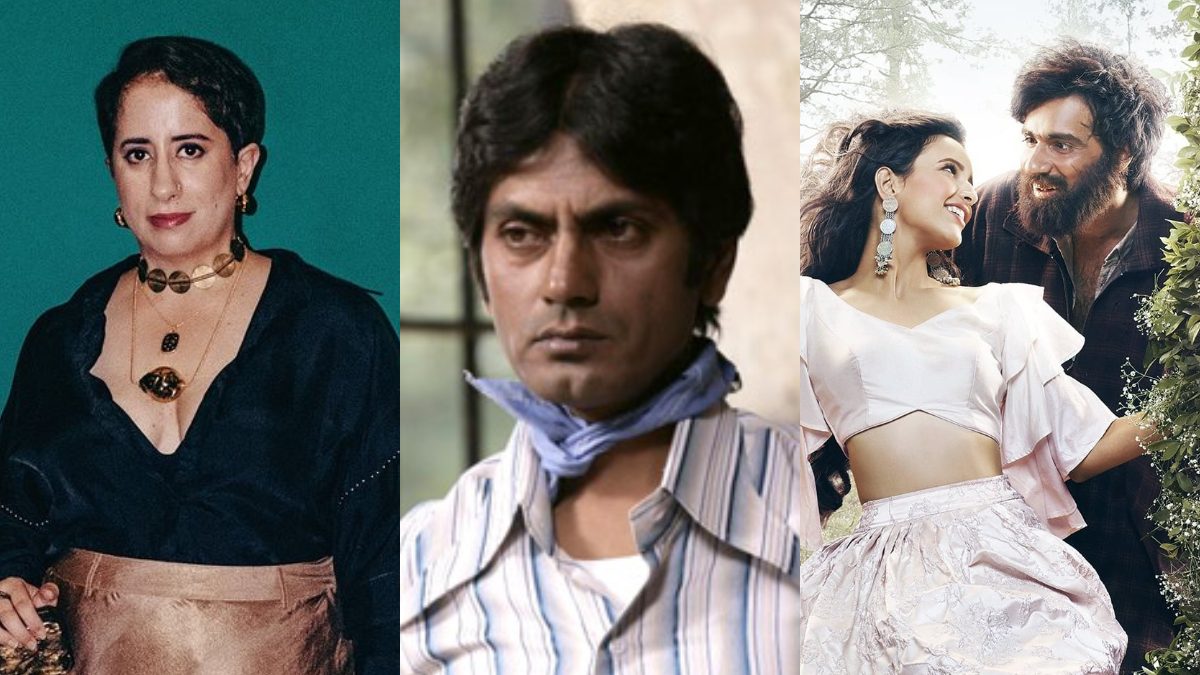The re-release of Gangs of Wasseypur, a cult classic directed by Anurag Kashyap, has ignited a wave of nostalgia and excitement among film enthusiasts. This ambitious two-part gangster epic, which originally premiered in 2012, is experiencing a renewed popularity thanks to its re-release in theatres. Gangs of Wasseypur, with its captivating narrative, iconic characters, and captivating soundtrack, has left an enduring mark on Indian cinema, solidifying its position as a cultural touchstone. This re-release provides an opportunity for a new generation of viewers to experience the film’s brilliance and appreciate its enduring legacy.
Re-release fuels resurgence of interest
Gangs of Wasseypur’s re-release has sparked a resurgence of interest in the film, generating a buzz across social media and igniting passionate discussions among fans. Producer Guneet Monga Kapoor, known for her work on films like “Pagglait” and “Kathal,” expressed her delight over the overwhelming response to the re-release. “Miraj Cinemas and Viacom18 came together to re-release it,” she explained. “We’ve received reports that it’s running in cinemas with 80 percent occupancy. I’ve been seeing people wearing gamchas and going to watch the film. I’m being tagged in so many posts! It’s just so adorable.”
This surge in popularity is not just limited to social media. Theaters across the country are reporting strong box office figures, demonstrating a renewed appreciation for the film’s compelling storyline, multi-layered characters, and unforgettable performances. The re-release is bringing audiences back to the theaters, creating a collective experience that celebrates the film’s timeless appeal.
Gamcha Trend Revived
One notable aspect of the re-release’s impact has been the revival of the “gamcha” trend. This traditional Indian scarf, prominently featured in the film, has become a symbol of the film’s essence and has been adopted by fans as a way to express their enthusiasm and connection to the characters. The sight of audiences sporting gamchas in theaters has become a visible manifestation of the film’s cultural influence and its ability to resonate with audiences even after a decade.
Addressing the Missed Opportunity
While the first part of Gangs of Wasseypur achieved commercial success, the second part faced a significant hurdle. Its release coincided with the blockbuster film “Ek Tha Tiger,” starring Salman Khan, which overshadowed its box office performance. Guneet Monga Kapoor, reflecting on the challenges faced by the second part, highlighted, “Gangs of Wasseypur didn’t get its fair chance. The second part was in cinemas just for five days because Ek Tha Tiger had released. It never got its cinema run properly.”
She added, “Even after a decade, the conversation around Gangs Of Wasseypur is so strong that I hope it finds its audience. If it does, it’s going to be the biggest success story.” This re-release provides an opportunity to rectify the shortcomings of the second part’s original theatrical run and allow audiences to fully appreciate its narrative intricacies and character development.
The Re-Release Phenomenon
The re-release of Gangs of Wasseypur isn’t an isolated case. Recent years have seen a trend of classic films finding renewed success through re-releases. The popularity of films like “Laila Majnu” and “Yeh Jawaani Hai Deewani,” along with recent successes like “Rockstar” and “Chak De India” on re-release, points towards a shift in audience preferences and a yearning for nostalgia. These re-releases provide an opportunity to revisit cherished films and experience their magic on the big screen once again.
Guneet Monga Kapoor recognizes this trend, attributing it to the current landscape of cinema and the post-pandemic era. She observed, “We’re going through a period of fewer films releasing. We’re still coming out of the pandemic and so, there’s a habit formation that needs to happen in terms of going back to the cinemas and owing that up. Anything that leads to it can help. We’re consuming so much of international content and we should be able to celebrate our own films.”
Bridging the Gap: Celebrating Indian Cinema
This trend of re-releases offers a valuable opportunity to reintroduce classic Indian films to a wider audience and bridge the gap between generations of film enthusiasts. These films provide a window into the evolution of Indian cinema, showcasing the talent and creativity that has defined its legacy. By revisiting these masterpieces, audiences can connect with the cultural heritage of Indian cinema, appreciating the artistic expressions and narratives that have shaped the nation’s cinematic landscape.
Revival of Theater Culture
The re-release phenomenon also highlights the resurgence of theater culture. The collective experience of watching a film in a theater has been significantly affected by the rise of streaming platforms. The re-releases of classic films offer a chance to recapture the magic of a shared cinematic experience, reminding audiences of the unique bond created through collective viewing.
Take Away Points:
- The re-release of Gangs of Wasseypur has sparked a resurgence of interest in the film, leading to increased box office revenue and a renewed appreciation for its storytelling.
- The “gamcha” trend, associated with the film, has been revived, becoming a symbol of the film’s influence and its connection with audiences.
- The re-release of Gangs of Wasseypur highlights the importance of offering audiences second chances to experience classic films and address the shortcomings of their original theatrical runs.
- The recent trend of film re-releases reflects a desire for nostalgia, a yearning to reconnect with cherished films and experience them on the big screen.
- These re-releases serve as an opportunity to bridge the gap between generations, allowing new audiences to discover the brilliance of classic Indian cinema and fostering an appreciation for its cultural significance.




